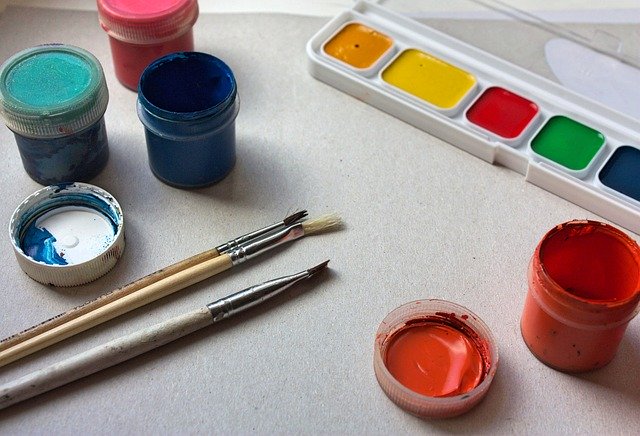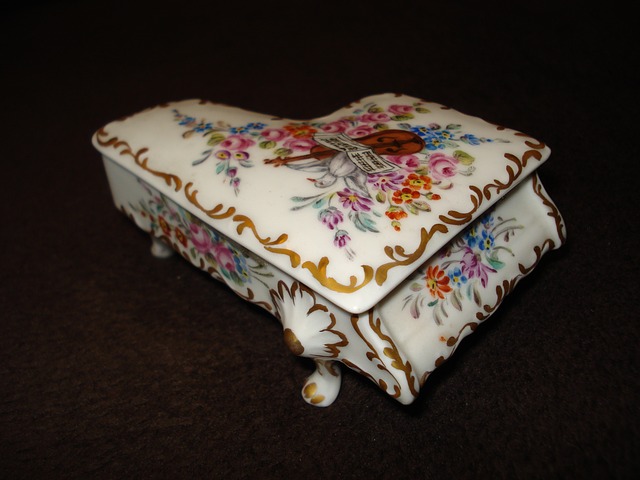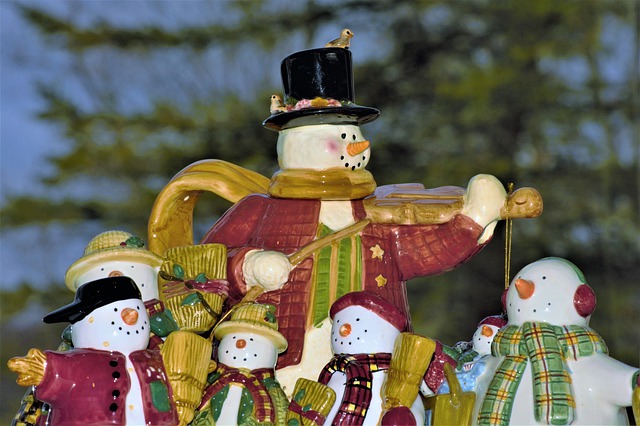Miniature Painting
Art comes in a lot of shapes and sizes. Literally. Can you imagine an art style that has “miniature” in its name?
I know what you’re thinking, it must be done in super small canvas with incredibly thin brushes and the artist must use impossibly small amounts of paint for applying color. It must be frustrating to practice and even more difficult to master. And, in a way, you’re right, because any kind of art has its fair share of challenges. But miniature painting could surprise you as it is not exactly what you’re thinking.

Or rather, sometimes it isn’t what you’re thinking.
Defining Miniature Painting
Miniature painting was also called limning in its beginnings during the 16th – 17th centuries. It is a petite, thinly shaped portrait finished on a vellum concocted card, copper, or ivory. The name is originated from the minium, or red lead, used by the feudal illuminators. Since its starting days, it has developed into an old-fashioned style of art that is very meticulous, habitually referred to as painting or working “in miniature”.
For the reason of its roots as a lighting method, it is also aimed to have as flat of a surface as possible.
Miniature art can be tracked down back to the ancient Egyptian’s texts on papyrus scrolls, and monks are also every so often brought to light as contributors in its spreading for the close relationship of the initial miniature paintings and their stunningly illumined texts. The most prominent examples, and famous to the date, are the Celtic Book of Kells and England’s Lindisfarne Gospels, both of which measure around 9’’ x 12’’.
A few primitive documents comprise miniature paintings on their pages that illustrate lovely displays of life-sized flower assemblies on their edges.

A fun fact about miniature painting is that it began out of need, for exemplifying papers and texts to help those reading them during a time when many were not able to read at all, previous to the invention of printing. The paintings lend a hand for sending the story and meaning of the written words towards the readers and observers for their better understanding. Therefore, the art of miniature painting is unswervingly associated to the book arts.

The varied-sized pictures (then called illuminations) were cut out of these books or papers so that they could be transported more effortlessly. Later on, evolving from the carried miniature, the artists were hired to paint small portraits, which then were employed as we use wallet-sized photographs nowadays. These types of miniature paintings grew to become popular with collectors and are over and over again named as “handheld miniatures”.
Yet another fun fact of miniature painting – and this is what I meant with it not being exactly what you thought – is that is an art style that does not limits itself to the size of the paintings, but the technique applied to them. Plenty of large-sized paintings are cataloged and exhibited as “miniature” due to the care put upon their details. So today we can define miniature painting as a practice, rather than size.
